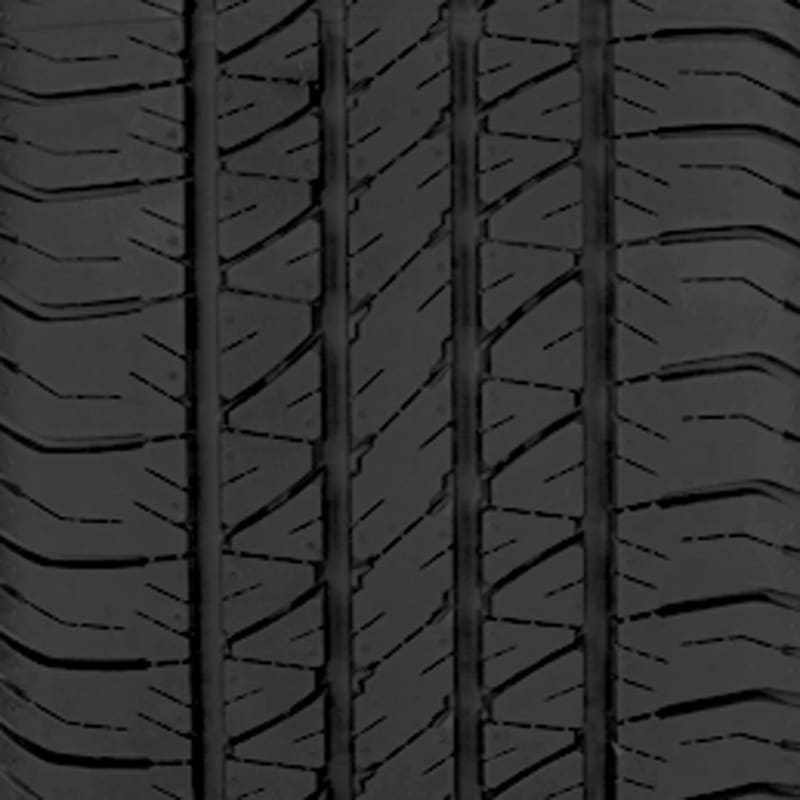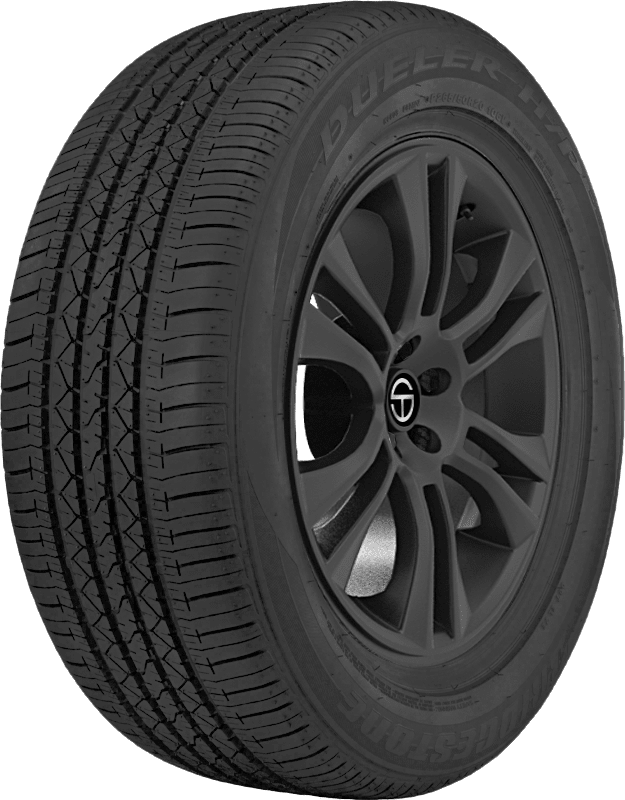Currently out of stock
Check back soon or view other tires
- All Season, Passenger tire, Run Flat
Every purchase includes:
Free shipping
Fast, free shipping on every tire we sell.
Support local businesses
Buy from local distributors, install at local service centers.
Easy returns
We accept unmounted tire returns within 30 days.
Live customer support
Have questions? Live tire specialists are here to help.
Shop with confidence
- Would you buy again?50%
- Dry4.5 out of 5
- Wet4.0 out of 5
- Winter3.5 out of 5
- Comfort4.5 out of 5
- Noise4.0 out of 5
- Treadwear4.0 out of 5
Get technical:
The SP Sport 4000 DSST CTT is a high performance, all season tire that offers drivers enhanced grip, control, and treadwear along with a quiet ride.
Features & Benefits
- All-season tread
- Black sidewall
- Features Dunlop Self-Supporting Technology (DSST) in the sidewall to help drivers stay on the road for up to 50 miles at 50 mph on a flat
Finding a set of tires that can perform in any weather condition is a must for most drivers. Consider the SP Sport 4000 DSST CTT from Dunlop, which is designed to give drivers optimized traction on multiple surfaces. Rigid tread blocks are built to give drivers excellent steering and control while turning, and the SP Sport 4000 DSST CTT's rain groove tread design and placement removes water to boost traction on wet roads. The SP Sport 4000 DSST CTT features two exclusive technologies from Dunlop. First, Dunlop Self-Supporting Technology (DSST) in the tire's sidewall allows for continued driving on a flat tire for up to 50 miles and 50 mph. Second, Combined Tire Technology (CTT) means that that SP Sport 4000 DSST CTT gives drivers a softer ride.

Like their name suggest, all season tires are designed to give drivers performance year-round. All-season tires often provide strong performance in dry and wet conditions, and suitable traction and grip in wintery weather.
Passenger tires are some of the most common tires you'll find on the roads today, and frequently used on coupes, sedans, hatchbacks, minivans, and other passenger vehicles. Passenger tires are available in a wide variety of types, such as all-season, winter, and ultra-high-performance.
This product is not covered by a manufacturer’s treadlife warranty.
The maximum carrying capacity for a tire determined by the manufacturer.
Maximum speed capability to safely carry a load for an extended period of time.
The maximum load carrying strength at the specified inflation pressure, also known as ply rating.
The side of the tire between the tread and rim, with cosmetic branding as well as information about the tire including manufacturer, model, size, etc.
Standards that measure treadwear, temperature resistance and traction, example: "640 A A". The 640 is the treadwear test and it lasted 6.4 times longer than the comparison tire tested against. The first "A" is the traction rating using straight-line wet traction on test surfaces (see information tables tab) and the second "A" is the temperature rating by testing operation at high speeds without heat-related failure (see information tables tab).
Wet Traction is a piece of the UTQG for example if UTQG is: 500 AA A, the wet traction piece is the second piece, the "AA".
Measured in 32nds of an inch, this metric shows how much tread life is left on a tire, with the tire's traction & stopping capabilities greatly diminished at 4/32nds and less. Tire manufacturers include "tire wear bars" at 2/32nds to indicate when your tire is worn out.
The highest inflation pressure (measured in pounds of force per square inch, PSI) the tire is designed to contain, and should only be used when called for by the vehicle placard.
An identifier of a particular tire line and size combination assigned by the tire manufacturer.
Tread design (or tread pattern) can affect handling, traction & noise for different driving styles & road conditions.
Shipping weight (lbs)
The measurement of width from a tires inner sidewall to the outer sidewall.
The range of widths the rim of the vehicle can be for this tire to be safely mounted on.
The diameter of a tire that is inflated without any load applied.
This tire features run flat technology that’s designed to assist the driver during a puncture of pressure loss.
Best Rated All Season Tires


















